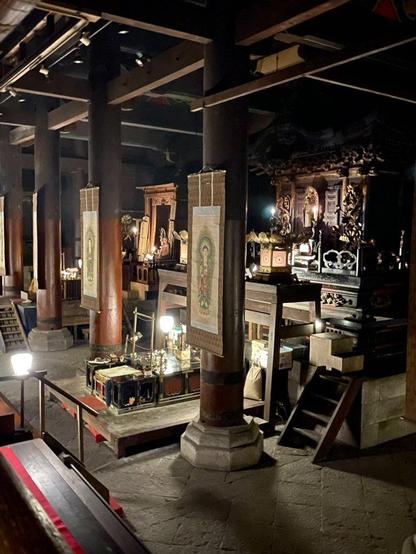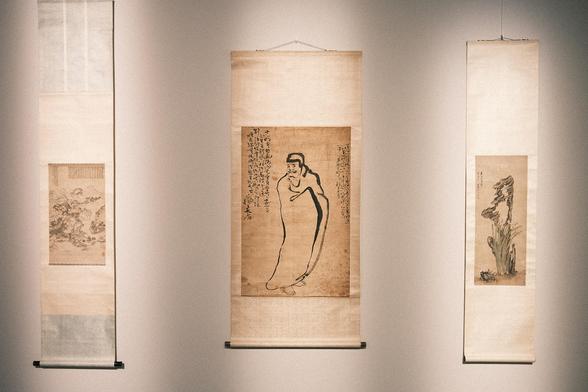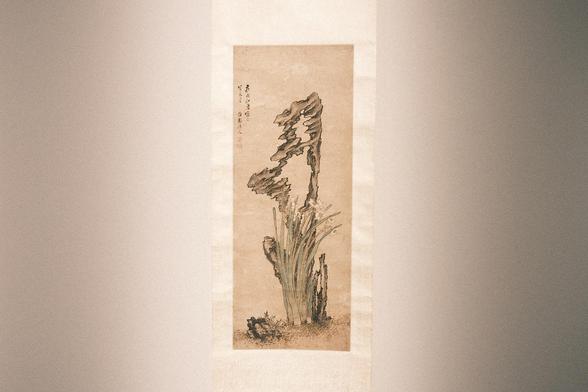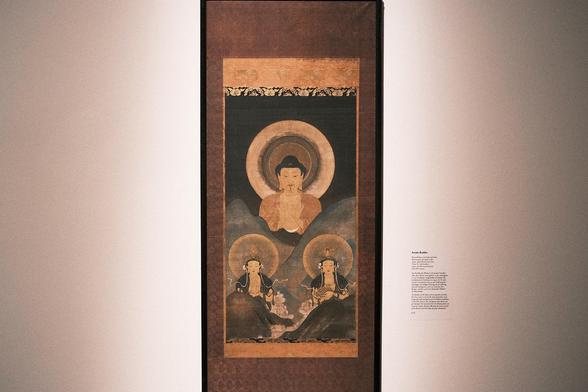New Year's Konponchudo Naijin. The #hangingscroll (#kakemono) of Shichibutsu Yakushi was enshrined.
#BuddhistArt #Buddhism
#HangingScroll
#Kakemono (jap. 掛け物, lit. "#HangingScroll") are a prominent feature in traditional #JapaneseArt. Designed to be displayed vertically in alcoves called #tokonoma (床の間), they are used, for instance, in settings like the #TeaCeremony. The art of kakemono centers around the aesthetics of simplicity and seasonal change, making it a dynamic element of Japanese decor. Here is a brief summary of its history and significance:
🌍 https://www.fabriziomusacchio.com/weekend_stories/told/2024-07-19-kakemono/
#Zen Circle by Deiryu (Kanshū Sojun, 1895 -1954), (#ensō and the character "yume" ("dream"), #Japan, #Showa period, c. 1925 - 1954, #hangingscroll (#kakemono), ink on paper.
#Buddhism #BuddhistArt #ZenArt #JapaneseArt #HumboldtForum #Berlin
Blind people crossing an abyss, #Japan, Edo period, 18th c., #hangingscroll (#kakemono), ink on paper. Inscription: Inner life and the floating world are like the blind men's round log bridge - an enlightened mind is the best guide. (賛:養生も浮世も・座頭の丸木はし・わたり心が・よき手びさせ)
#JapaneseArt #Buddhism #BuddhistArt #Zen #HumboldtForum #Berlin
#Hotei pointing at the #moon by Awakawa Yasuichi (1902 - 1976), #Japan, Showa period, 20th c., #hangingscroll (#kakemono), ink on paper.
#Buddhism #BuddhistArt #Zen #JapaneseArt #HumboldtForum #Berlin
Munakata Shikō (棟方志功 羅漢羅怙羅尊者, 1903 - 1975) #Arhat Rahula (Rakan Ragora), #Japan, #Showa period, 1939, #woodblockprint mounted as a #hangingscroll (#kakemono). Being one of the great individualist woodblock artists in 20th century, Munakata Shiko’s themes are often taken from tradition and refer to #Buddhism, #Zen or folk tales. You can read more about his work in the image description.








